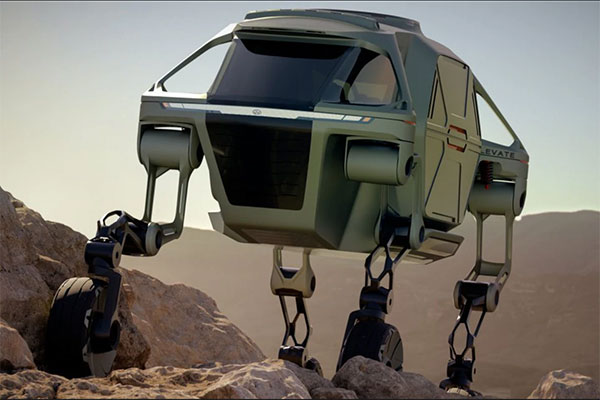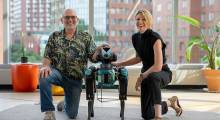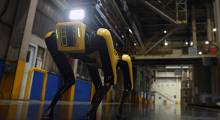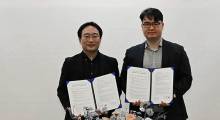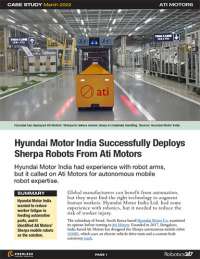Making mobility innovation a key focus
Hyundai aims to transform itself into a smart mobility solutions provider. In line with that, Hyundai Motor Group’s New Horizons Studio is developing products for future customers who have a need for travel in remote and off-road terrain, including places where vehicles have never roamed before.
The team aims to build the world’s first transformer-class vehicle, also known as the Ultimate Mobility Vehicle (UMV).
A few years ago, Hyundai asked the question, “What if cars could walk?” That bold question has now been answered with the development of an entirely new vehicle idea. It’s called “Elevate,” and it changes your entire perception of what transportation can do. Elevate originated as an idea at Hyundai Center for Robotic-Augmented Design in Living Experiences (CRADLE), another unit at Hyundai Motor Group, and is now the inaugural vehicle concept being developed by the company’s New Horizons Studio.
Taking a walk or drive with Elevate
Elevate is the first Ultimate Mobility Vehicle, blending technology found in electric cars and robots. Elevate has the ability to transform from a four-wheeled vehicle into a four-legged walking machine, which allows it to traverse terrain beyond the limitations of even the most capable off-road vehicle.
“One of the use cases for Elevate is in search and rescue. We wanted to have the ability for the interior seats of the vehicle transform from a seat into a stretcher that can be used by the rescuers to lift and carry a person back into the vehicle,” explains John Suh, vice president, Hyundai Motor Group. “The second objective was to look at what technologies we could use. The seat needed to be lightweight, structurally stiff, and cost-effective on top of that. We used Autodesk’s generative design technology for the internal structures within the frame of the seat itself.”
Generative design reveals new options
“No other vehicle in the world can move into reptilian or mammalian mode and still hold up and drive like a normal vehicle,” says David Byron, manager of design and innovation strategy at Sundberg-Ferar. “We need to create lightweight legs that are strong and robust and can handle the torque of the electric motors we're using. As we've continued to work on the leg designs to try and lightweight the package, we've used some Autodesk generative design practices.”
Suh adds, “Generative design really allows us to tackle complex problems that would take somebody a lot more time than they have to go through different analyses. It’s a mind multiplier, I like to call it, where a single designer or engineer can go through perhaps dozens or hundreds of different design iterations. It allows them to see things that they may not have otherwise considered.”
“With Autodesk, we can explore ideas even further with tools to experiment digitally, put it in a physical format, and iterate rapidly,” he continues. “I'm looking forward to the day that we can turn Elevate from the concept of today, to the experimental prototype of the future, to the product that can be out there in the field helping people.”
Article topics
Email Sign Up

